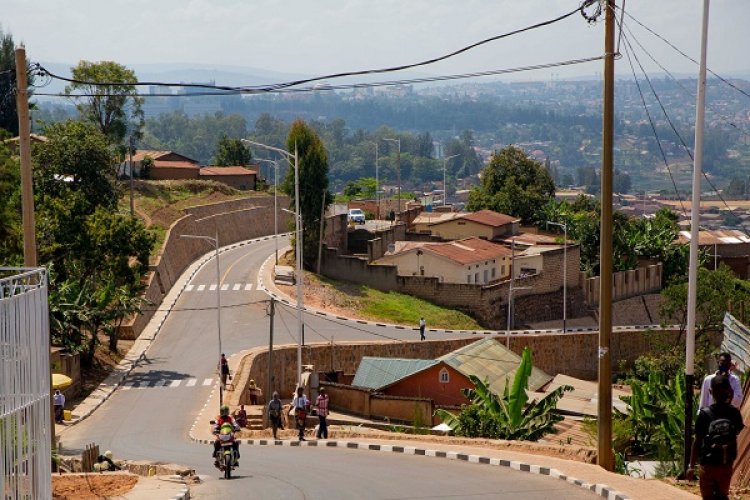If you’ve lately been to that predominantly Muslim neighborhood of Kigali, and moved beyond its colored bustling streets, you probably realized that the place is not what it used to be.
The once unplanned and poorly serviced Nyamirambo or Biryogo – whatever you call it – is increasingly getting a facelift just like it keeps wooing visitors with more green teas, brochettes and chapatis than any other place around the CBD.
The whole place and its surrounding Rwampara, Agatare and parts of Kiyovu is transforming courtesy of upgrades under a project dubbed Agatare. But how did it happen without a bulldozer — or cousin earthmover — razing a single dwelling?
The explanation lies in the fact that this has so far been the only slum eradication project in which municipal authorities prioritised upgrade over demolitions.
They deployed efforts and resources to provision of physical amenities like roads, power and sanitation infrastructure while allowing landowners to refurbish their structures at own pace.
Old practices
Who remembers outcries in the eradication of slums in lower Kiyovu and Kimicanga, and Bannyahe lately?
Where fights were not over unfair compensation it was delayed payment, or concerns over disruption of livelihoods, loss of existing sources of incomes and work opportunities for many who have had to move to unfamiliar communities out of town in the two former cases.
If you heard no similar uproars in the Agatare project, it is not that there was no single demolition. The displacements were limited to a few dwellers whose properties were hit by the expansion of physical amenities.
They were compensated, and left.
Details obtained from the municipality indicate that a similar project now targets five other old informal settlements sites namely Mpazi, Gatenga, Nyabisindu and Nyagatovu in Districts of Nyarugenge, Kicukiro and Gasabo.
Is this possibly the end of evictions to clear slums? Should people bid farewell to the old slum eradication drives that result in unending disputes over compensation payments and miseries for landowners?
End of evictions
So is this possibly the end of evictions to clear slums? Should people bid farewell to the old slum eradication drives that result in unending disputes over compensation payments and miseries for landowners?
A resolution of Kigali City Council which met on March 31 states that roads, water supply networks, public lighting, and other facilities will be implemented on estimated 385 hectares across the five informal settlements sites in three Districts of the capital.
Dubbed Second Urban Development Project (RUDP II), the project, just like Agatare, is implemented jointly by the Government of Rwanda and World Bank.
Concerns
However, there have been concerns that without a parallel housing upgrade component that facilitates property owners with access to financial means to refurbish old structures, a section of the area dwellers could still face difficulties upgrading to standards desired by the municipality.
This is largely because these areas are inhabited mostly by the urban low income earners and the poor whose structures are either dilapidated or not up to standards set out in the City masterplan.
While a number have been able to refurbish structures especially after the housing regulator approved use of the relatively cheaper mud bricks commonly known as Rukarakara for construction of single homes, it is inevitable that the poor risk moving out voluntarily or involuntarily.
The expansion of physical amenities are making these areas expensive and attractive to investors who are quick to move in… to buy out the poor.







